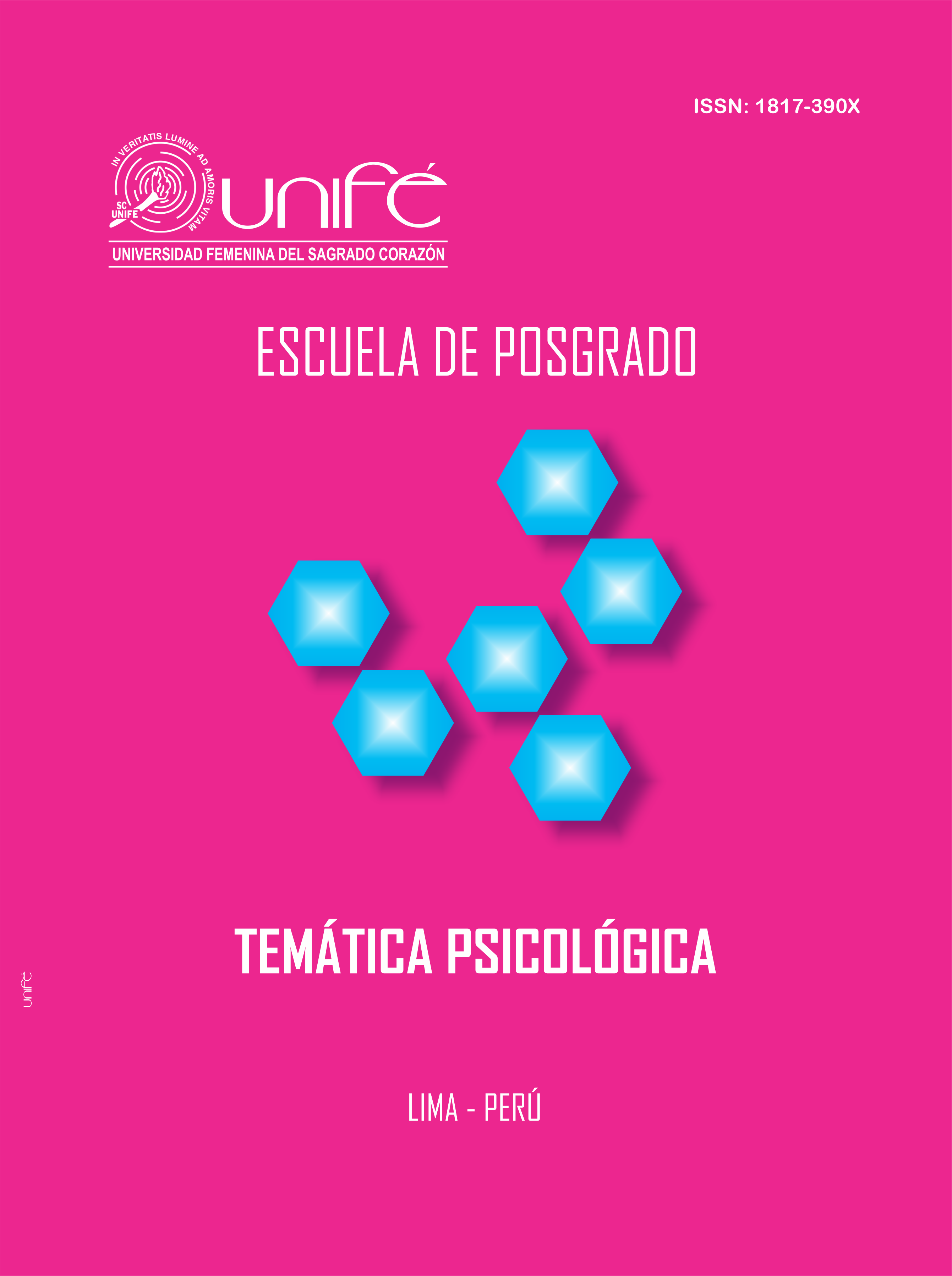Neuroeducation in environments of augmented reality
DOI:
https://doi.org/10.33539/tematpsicol.2017.v13n1.1305Keywords:
Augmented reality, neuroscience, education, pedagogy, TICsAbstract
The use of augmented reality as a recreational pedagogical tool allows us to optimize the processes of meaningful learning, from a stimulation linked to aspects linked to emotions and sensory stimulation. The spectacularity of this technology surprises even the digital natives, whose brains produce chemicals that cause the learning act without any difficulty. Based on the cognitive development of the brain (in a broad sense) and new information and communications technologies (ICTs), educators are obliged to experience a new didactics that revolve around the need for mobile as an ally of learning. The avatar, the superposition of information in virtual layers 2 and 3D on our real environment, the immersive simulation or recreation, constitute the lowest common multiple of our relationship with augmented reality and scale of realities according to Milgram.


